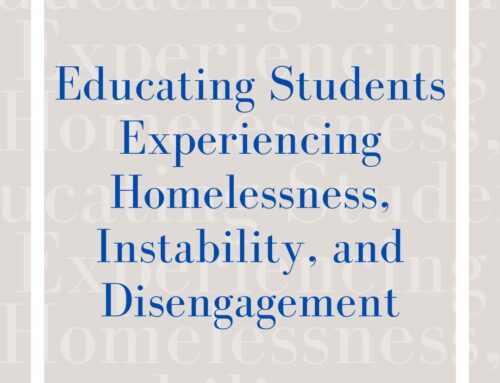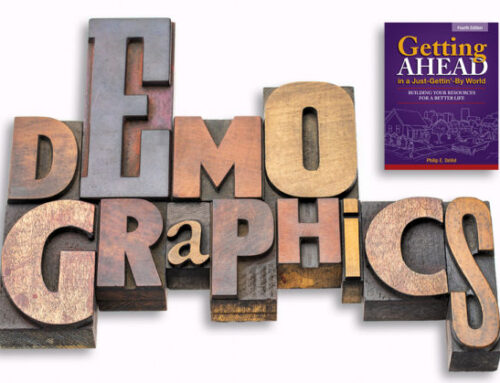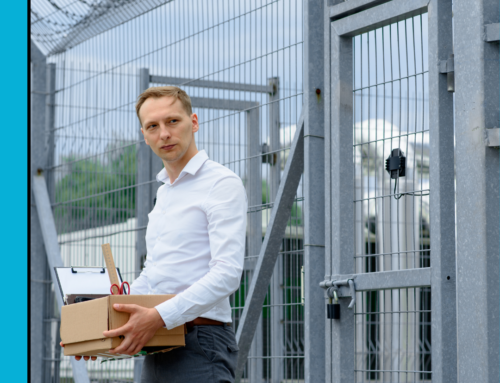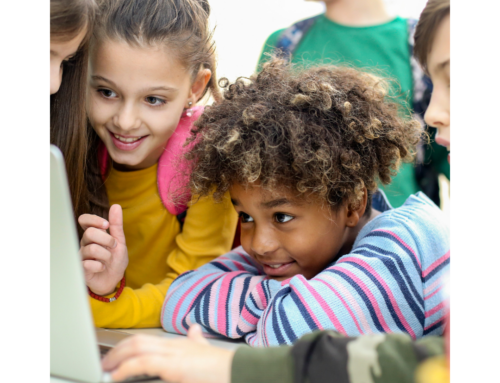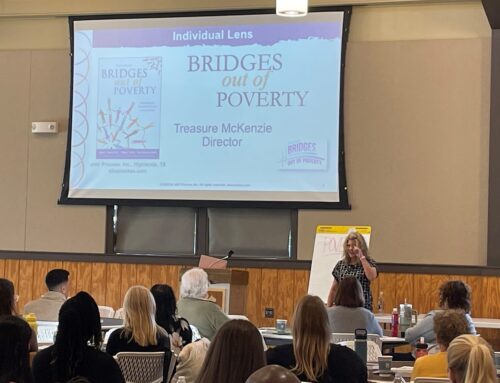By Betti Souther
Attending the opening session of aha! Process’s Under-Resourced Learners Summit workshops for teachers I experienced another new set of ahas around teaching and learning, especially for developing programs for at-risk students. The session presented research on the brain relative to the impact of poverty and the effects of life in a chaotic environment while offering several opportunities for participants to experience and use technology to develop virtual relationships and resources.
Following the pattern of social awareness—and once again identifying and building on strengths—aha! Process has used several practices for “going green” by identifying, developing and using resources, with a focus on electronic resources, a key to working with Generation Y students.
New learning for me included a video, Born with a Wooden Spoon, which showed data and statistics that included the following:
- One in eight Americans live below the poverty line
- Because of the high number of people in poverty today, poverty could be the 51st state in the USA
- More children live in poverty today than they did 25 to 30 years ago
The following questions are from an activity of particular interest to me because of my work with teens and the changing resources in America:
- What happened when you became homeless?
- What will you keep?
- How are you going to take it with you?
- How will you keep track of the possessions you take with you?
I also wondered, after doing a unit on homelessness with teens, “What is the definition of homeless?”
Incorporated into the presentations were video clips that provided great mental models for use with students and staff alike after participants leave the conference.

